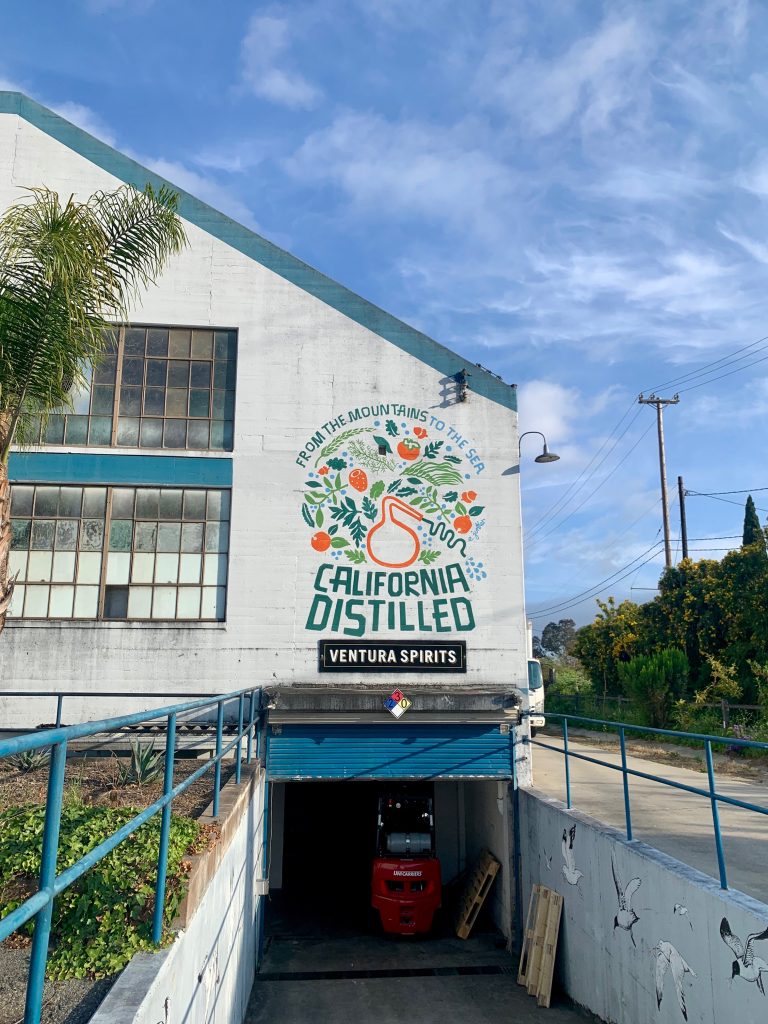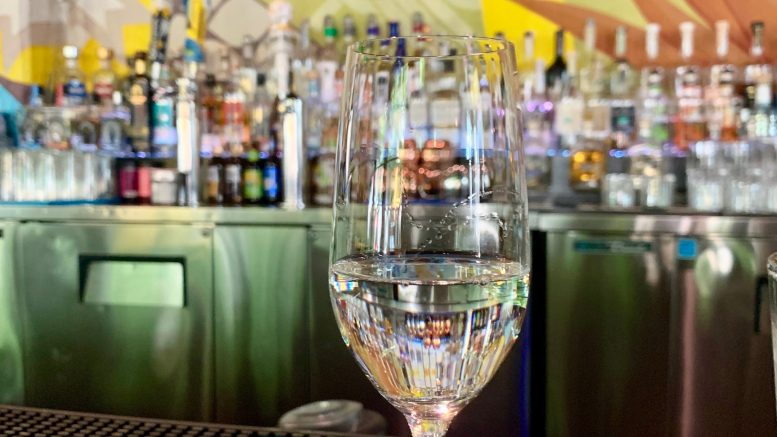By Scott Thomas Anderson
New possibilities for a new year: That was the theme of a recent symposium at U.C. Davis hosted by the California Agave Council. It was a day-long dialog about novel opportunities that are growing in the fields of western Yolo – and pouring into bottles from the beaches of Ventura to the edges of the Napa River. The California agave spirits movement is here, folks, and it represents a chance to turn the state’s most water-starved fields into functioning farms again, all while creating an intriguing, sun-lit addition to U.S. drinking culture.
Prior to arriving at my alma mater for this event, trying to learn about these new California agave spirits had sent me tumbling down a hill – literally.
When I say ‘California agave spirits,’ I mean – as the state legislature clarified last year – any tequila or mezcal-like spirit that’s made from agave plants grown, fermented and distilled entirely in California. There are currently six distilleries in the state experimenting with these drinks, though only four at the moment have bottled products you can buy on the market. Of that quartet, the nearest to Sacramento is Jano Spirits, the brainchild of the cutting-edge craft distiller named Gian Nelson. Working out of Ruins Distillery in Napa, he’s been developing Jano as a brand that uses Agave Americana – California’s most ancient and indigenous agave species – to fuel a multi-dimensional and alluring spirit made from plants that are wood-fired in a stone pit.
What Nelson has managed to bottle with Jano is something that tastes like a lava pop of plant zest, enlivened by tangy touches that are too electric to explain to someone who hasn’t sipped it.
At the height of last summer, I met Nelson in the Berryessa Highlands to check out his agave nursery, which is planted along a wind-swept summit overlooking the lake. We made our way through the skull-cracking heat and Nelson warned me to watch my step. The dry soil was loose, he noted, and the hill’s slope was somewhat treacherous. Nelson was standing about 17 feet below me on the shelf as he explained this.
I confidently if dismissively assured Nelson that I’d grown up in the hills of Amador and Calaveras, and when it came to traversing hill country, I was anything but a tenderfoot.
Within seconds of uttering that, I put my shoe in the wrong place, the brittle dirt gave way, and I went fall-sliding down the hill with surprising and alarming speed.
Nelson, who’s a strong guy and had a pickax punched into the ground, managed to catch me as I careened past him. I started dusting myself off as a blinding sun brought the temperature up to 110. I had a lunch date an hour later in Fairfield. I showed up to it looking like I’d been on the Bataan Death March.
So, I highly recommend swinging by Mayahuel in Downtown Sacramento to try a glass of Jano Spirits: Not only because it’s a unique path-finding agave gem, but because the author of this column can only imagine what he would have looked like if Nelson hadn’t stopped his stumble.
Yet Nelson isn’t the only interesting personality building up California agave spirits. In the last two years, I’ve met nearly all of the green thumbs and distillation pioneers who are working together to create the new alcoholic drink category. And they’re not just doing it for fun – they’re doing it to re-think a serious resource challenge on the West Coast. The state’s ongoing cycles of drought – and its legal and legislative battles over water – have caused a number of fields in “the world’s bread basket” to go fallow. But agaves are incredible plants that can rise up from those spans of heat-hardened soil. They seem to do fine on drip lines in California, and may even be able to be dry-farmed like they are in some parts of Mexico.
Proof that this culture-bearing plant synonymous with Mexico can thrive here has already been well-established by growers like Craig Reynolds in Woodland, Doug Richardson in Santa Barbara and Stuart Woolf in Fresno County. And uses for the plants are legion. Agaves are an impressive biofuel. They also make for amazing firebreaks. But does all that mean that a viable market can be established for growing them in California?
Well, add alcohol to the equation, and there’s always a market, especially considering that U.S. tequila sales are projected to overtake vodka sales this coming year. Our state just needs more of the hardy plants getting put into the ground right now, as well as more distillers who can make drink magic from their pinas.
And that’s where the California Agave Council is making serious progress. Its second symposium covered everything from what U.C. Davis researchers are learning about importing Mexican agaves while maintaining overall crop health, to a resource overview from the California Secretary of Agriculture, Karen Ross.
“We wanted to create a big tent,” council president Craig Reynolds told the gathering, “and we want to make sure everyone’s creativity and ambitions and innovations were welcomed.”

My own favorite moment of the day involved a presentation from Salvador Chavez, who was born in Michoacan, Mexico, but grew up in Sonoma County. Chavez is the founder of the excellent mezcal brand, La Luna, which is made from agave pinas harvested under full moons and then roasted in stone-lined earthen pits before being fermented in open-air wood. Chavez shared his own reflections on the mosaic, sometimes mercurial nature of roasted and fermented agave juice.
Of course, the symposium’s main event was a blind taste test with the four distilleries that are currently making and selling California agave spirits. Gian Nelson’s Jano Spirits were definitely on the bill, his vintage poured being one that used Agave Americana grown in Yolo County. Shelter Distillery, based in Mammoth Lakes, poured a distillation it made from four different agave species, which were steamed in stainless steel. I had been to Shelter’s gorgeous mountain-bound tasting room last year and tried the stellar cocktails that its bartenders make with that base. Another distillery pouring at the Symposium was Venus. Its founder, Sean Venus, had already walked me through everything he’s done with agaves so far as I was visiting his operation in Santa Cruz, so I wasn’t surprised to see attendees in Davis enjoying the enigmatic nuances his spirit obtained from being pit-roasted under almond wood fire.
Finally, the tasting included ‘Yolo Agave’ from Ventura Spirits. This particular vintage, made by a team of really cool guys, comes from a species of agaves known as tequilanas. They were grown near Woodland and then steamed and distilled just a few miles from one of California’s most famous beaches. The result conjures a subtle array of spiciness over an ultra-clean and zesty sheen.
Since its first days of statehood, California has been known as the land of creative trailblazers. Its new agave spirits movement is proving there’s yet another chapter to be written in that book.
Scott Thomas Anderson is also the host of the ‘Drinkers with Writing Problems’ documentary podcast series.


Be the first to comment on "The new rising: Davis and western Yolo are helping fuel California agave spirits"